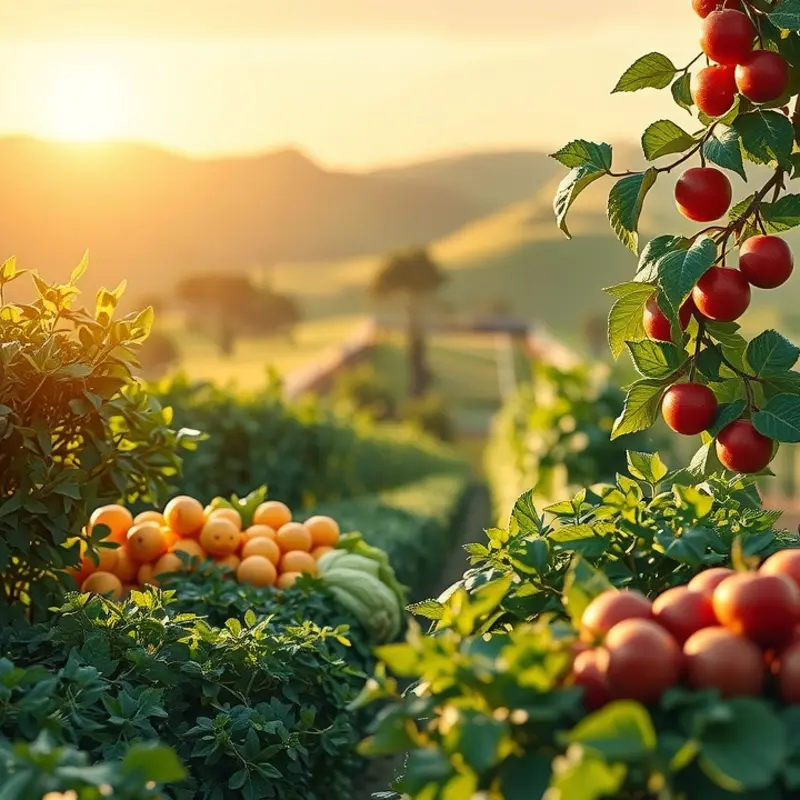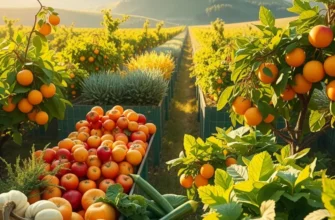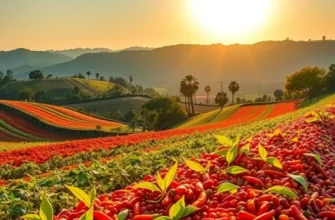The Middle East, a vibrant tapestry woven with rich history and diverse cultures, offers a culinary heritage that enchants food lovers worldwide. This region celebrates its abundant ingredients, aromatic spices, and traditional methods, creating dishes that tell stories of community, hospitality, and identity. From the bustling souks filled with colorful spices to family gatherings centered around cherished recipes, the Middle Eastern culinary culture invites exploration and appreciation. Dive into this gastronomic adventure and discover the heart of a land where food is not just sustenance but a celebration of life.
Aromatic Spices: The Essence of Middle Eastern Cuisine

The prestige of Middle Eastern cuisine lies in its intricate tapestry of flavors brought to life by aromatic spices. These spices have traveled the same ancient trade routes as silk and incense, enriching dishes with their bold and vibrant profiles. Among these revered ingredients are za’atar, sumac, and saffron, each playing a pivotal role in shaping the region’s culinary identity.
Starting with za’atar, this aromatic blend is more than just a spice; it’s emblematic of Middle Eastern hospitality. At its core, za’atar consists of dried thyme, sumac, and toasted sesame seeds. Its herbal and tangy flavor enhances dishes like manakish, a beloved flatbread spread with the spice blend and olive oil. Za’atar also graces roasted vegetables or acts as a crust for grilled meats, offering an earthy complexity that transforms each dish into a sensory delight.
Sumac is another indispensable culinary gem. This deep red powder, derived from dried berries, imparts a tart, lemony flavor. Historically, sumac served as an alternative to lemon when citrus was not available. Today, it brightens up salads, such as the traditional fattoush, and is sprinkled over hummus for a zesty kick. Sumac’s versatility and mellow acidity make it a preferred choice for enhancing everything from rice dishes to marinades.
Perhaps the most luxuriant spice in Middle Eastern cuisine is saffron. Hand-harvested from crocus flowers, saffron threads are famed for their rich golden hue and subtle aroma. Historically, saffron has been cherished as much for its medicinal properties as its culinary uses. In the kitchen, it finds a revered place in dishes like Persian rice, where it imparts not only its color but also a delicate flavor. Saffron’s inclusion signifies celebration and opulence, often reserved for special occasions.
The potency of these spices is often experienced through traditional spice blends. Take baharat, for instance, a warm, allspice-based mix that envelops stews and rice dishes with its comforting depth. Similarly, harissa, a fiery paste made from chili peppers, garlic, and spices, elevates couscous or grilled meats, offering a fiery contrast that’s well-loved across the region.
The dining experience in the Middle East is not just about the palate but also about nourishment and community. Each spice and blend not only enhances flavor, but also carries tales of cultural exchange and historic ties with faraway lands. For those looking to experiment with these flavors at home, understanding the right spice pairing can transform a simple meal into an exotic culinary adventure.
Exploring how flavors can be enhanced without reliance on high sodium levels can be insightful. Enhancing flavor without salt might provide unique approaches to utilizing spices creatively, drawing additional inspiration from the diverse applications of Middle Eastern culinary traditions.
By weaving these spices into everyday cooking, one can begin to appreciate not just the extraordinary tastes of Middle Eastern dishes but also the cultural narratives embedded within each aromatic spoonful. Whether it’s the zing of sumac, the fragrant allure of saffron or the complex warmth of za’atar, these spices offer a timeless glimpse into a region where food is as much about history as it is about flavor.
Culinary Traditions: Gathering Around the Table

In Middle Eastern culture, meals are more than just nourishment—they are the center of social and familial life. The tradition of communal dining reflects a deep-rooted value system where food serves as a medium for connection and hospitality. A shared meal epitomizes generosity and unity, inviting friends, family, and sometimes strangers to partake in an intimacy that only comes with breaking bread together.
The significance of hospitality in the Middle East cannot be overstated. It’s a cardinal virtue, intricately tied to one’s honor and reputation. Hosts go to great lengths to prepare elaborate feasts, showcasing dishes like kebabs, dolmas, and a spread of various dips such as hummus and baba ghanoush. These are integral to the social dining experience. Such meals are not complete without bread, like pita or lavash, to scoop up every flavorful bite. A meze, an assortment of small dishes akin to Spanish tapas, often begins the feast, setting a tone of abundance and warm welcome.
Special occasions like the month of Ramadan bring further depth to these communal practices. Iftar, the meal breaking the fast after sunset, exemplifies a heightened level of togetherness. It’s a daily celebration with family and community at the core. Fasting during Ramadan is a spiritual practice, and Iftar becomes a joyful gathering, featuring traditional dishes like Harira soup, Samboosa, and sweet treats like Qatayef. Each dish carries history and meaning, contributing to a shared cultural identity.
Festive occasions beyond Ramadan also emphasize gathering around the table. Weddings, religious holidays like Eid al-Fitr and Eid al-Adha, or even Sunday family dinners are marked by elaborate spreads and meticulous preparation. Guests are often greeted with offerings beginning the moment they enter a home, starting with a taste of Turkish coffee or mint tea, symbolizing welcome and peace.
The role of food preparation in building community bonds extends into the modern world without losing its traditional roots. Rituals like kneading dough for fresh flatbread or rolling grape leaves for dolmas often become group activities, strengthening family ties across generations. Such practices highlight cooperation and shared purpose, reflecting a rhythm that aligns with mindful eating principles, fostering appreciation for the meal on the table.
Understanding these shared experiences offers insight into culinary influences through trade. The exchange of spices and ingredients has further enriched the palette of Middle Eastern cuisine, evolving without losing touch with its essence.
In grandeur or just among close family, Middle Eastern meals extend beyond the senses of taste and smell. They echo stories of resilience, tradition, and a universal human need for connection. Such traditions remind us that, in sharing a meal, we partake in a timeless ritual, one where everyone has a place at the table.
Final words
Middle Eastern culinary culture is not merely about food; it is a celebration of heritage, community, and hospitality. The aromatic spices and time-honored cooking methods invite everyone to experience the warmth of this region’s gatherings. Every meal served is a story, connecting people and traditions in a delightful exchange. For food enthusiasts and culturally curious readers, exploring these flavorful traditions can ignite a passion for cooking and appreciation for diverse culinary practices. As you savor each bite, remember, you are partaking in a rich heritage that thrives on connection, celebration, and love.








